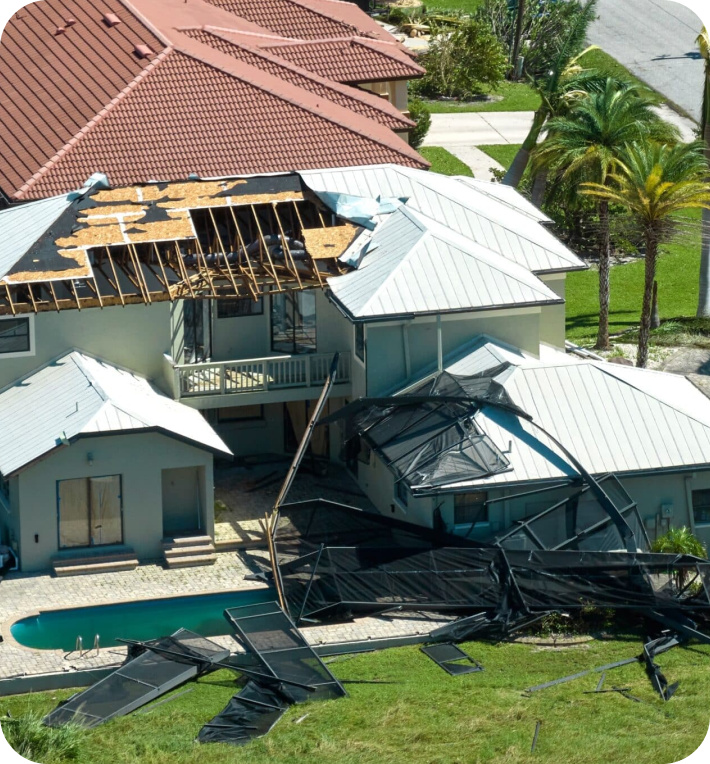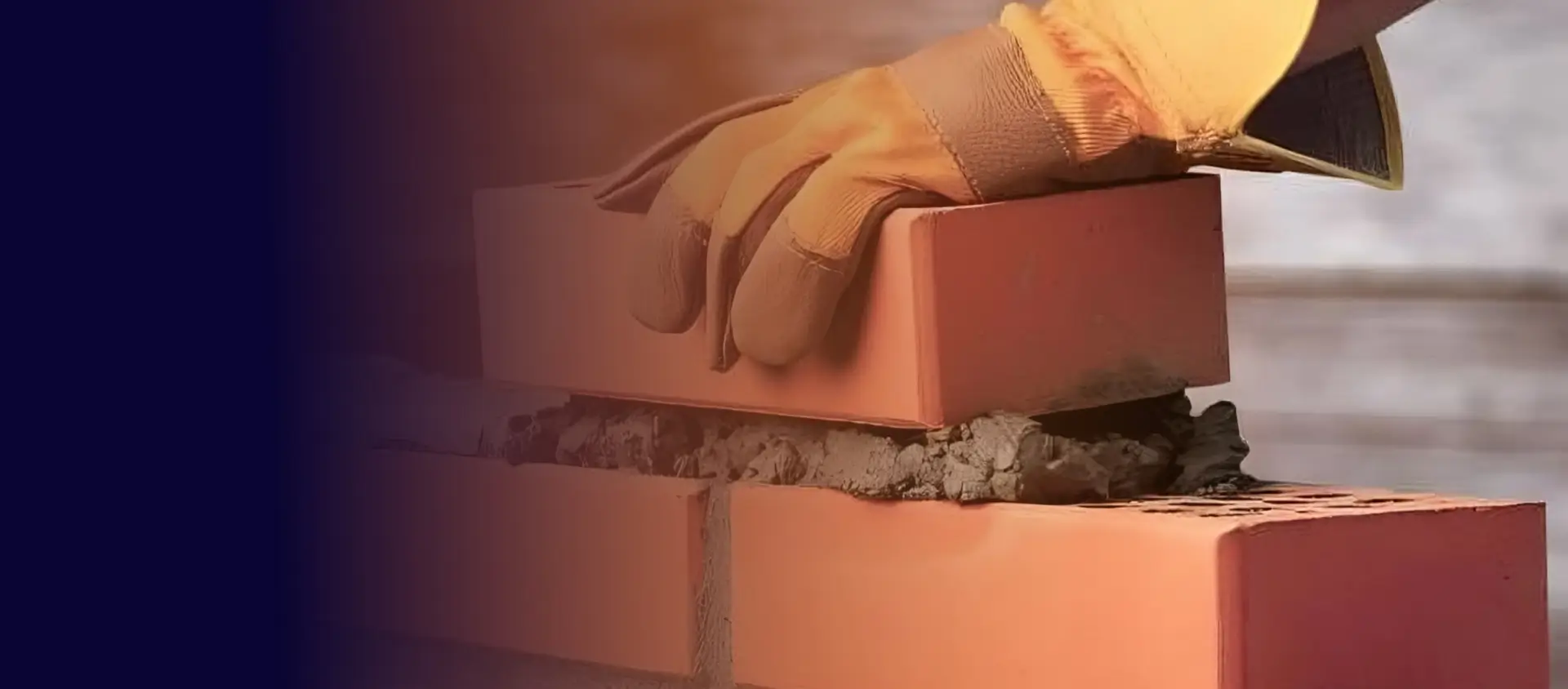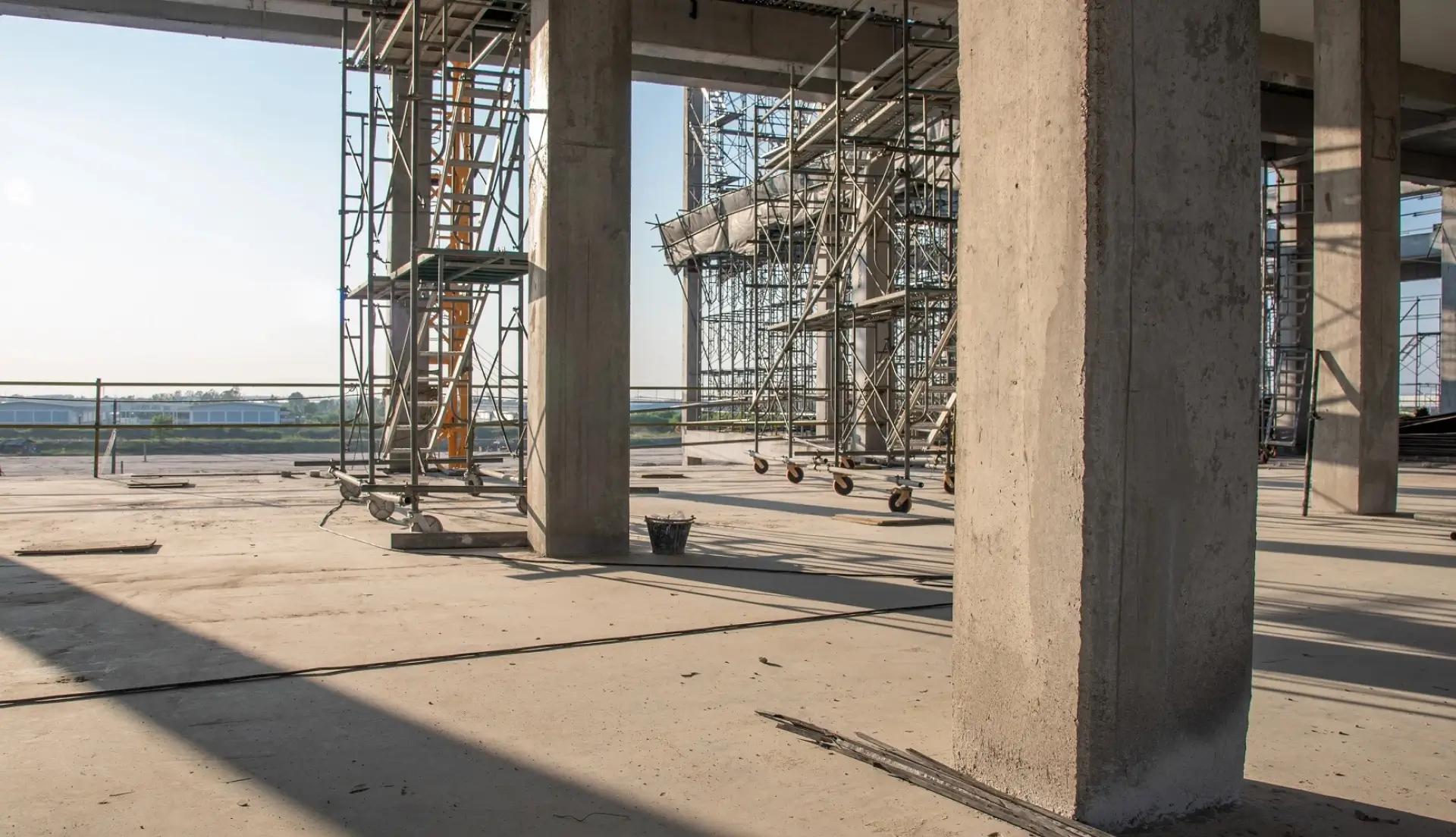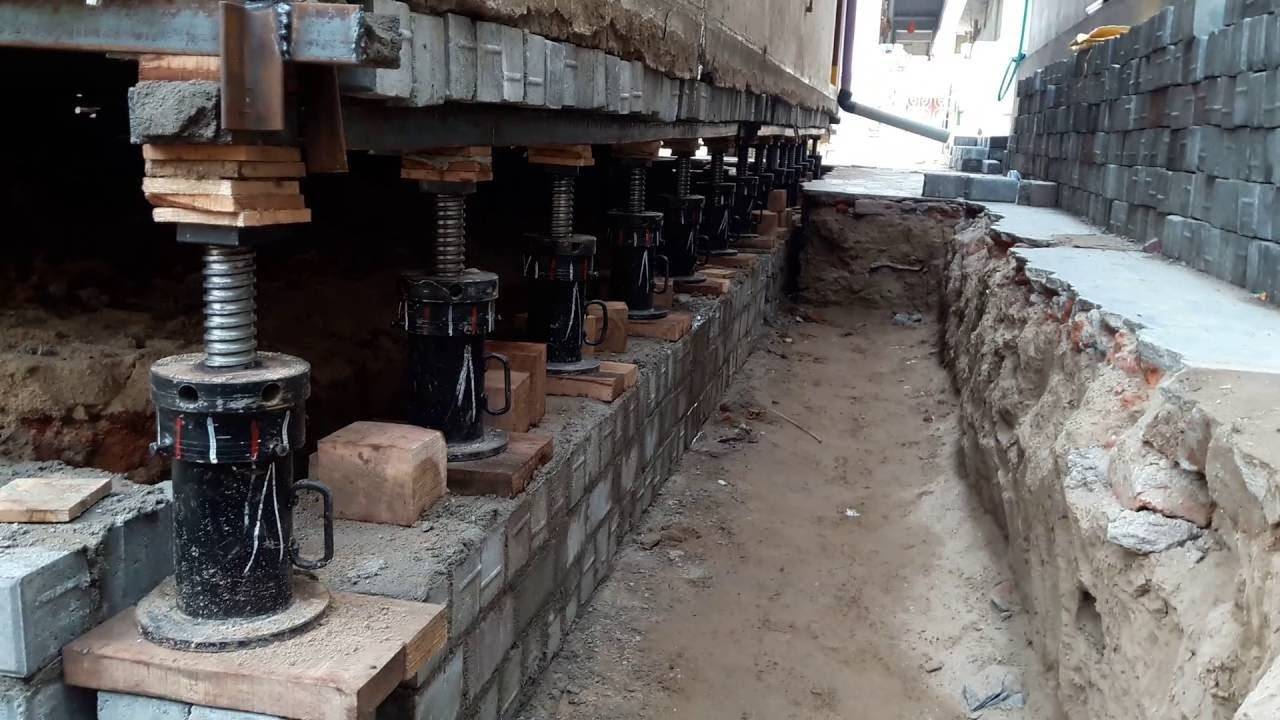Pier and beam foundations are known for their accessibility, flexibility, and effectiveness—especially in areas with shifting soils or high moisture levels. However, like any foundation type, they’re not immune to problems. One of the most common issues? Settlement.
In this blog, we’ll explore why pier and beam foundations settle, the signs you shouldn’t ignore, and the most effective repair options available today.
What Is Pier and Beam Foundation Settlement?
Settlement occurs when parts of your home sink or shift due to changes in the soil or deterioration of the foundation supports. Over time, this can lead to sloping floors, sticking doors, and structural stress throughout the building.
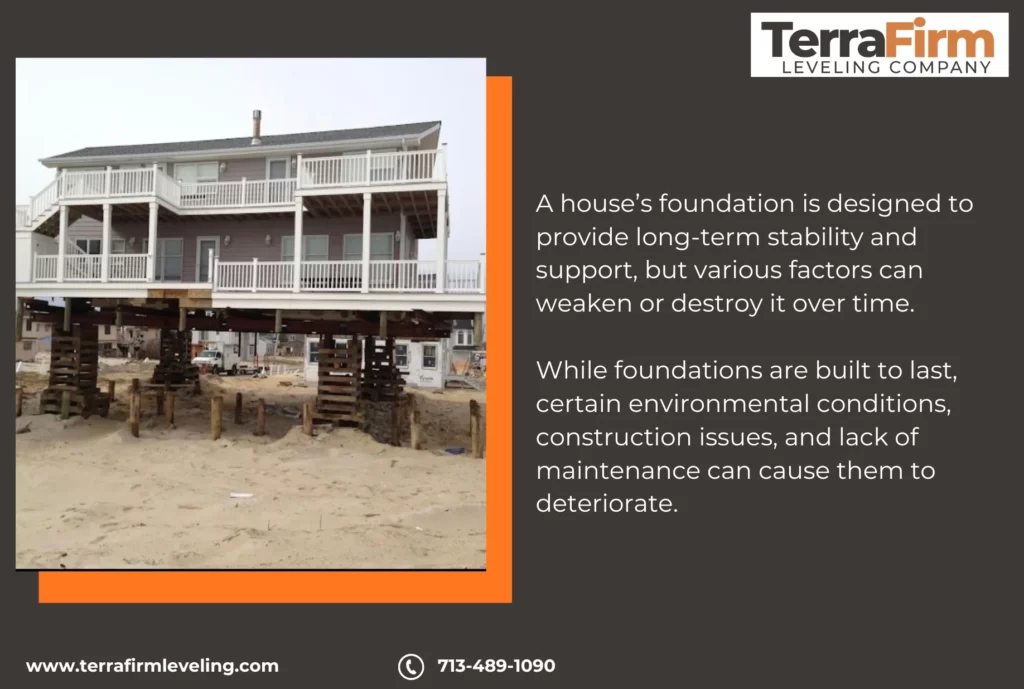
Top Causes of Settlement in Pier and Beam Foundations
1. Expansive Clay Soils
- What happens: Clay expands when wet and contracts when dry. This constant movement pushes and pulls on foundation piers, causing instability.
- Where it’s common: Many homes in Texas and other Southern states are built on expansive soil types.
2. Inadequate Drainage
- Why it matters: Standing water or poor site grading leads to excess moisture under the home, which weakens wooden beams and erodes soil.
- Signs: Musty smells, pooling water, or visible mold in the crawl space.
3. Aging or Deteriorating Piers
- Wooden piers can rot, shift, or settle over time, especially if exposed to moisture.
- Concrete piers may crack or move due to soil changes or poor initial installation.
4. Improper Shimming or Support Placement
- Shims are small spacers that help level beams. If they deteriorate, are poorly spaced, or were installed incorrectly, the floor may sag or bounce.
Common Signs Your Pier and Beam Foundation Is Settling
- Uneven or sloping floors
- Doors or windows that don’t open or close properly
- Gaps between baseboards and flooring
- Cracks in interior walls, especially around corners or doorways
- Bouncy or soft spots in the flooring
- Squeaking or creaking floorboards
How to Fix a Settling Pier and Beam Foundation
The right repair depends on the root cause. Here are the most effective solutions used by professionals:
Re-Shimming the Beams
- Adds or replaces wooden or steel shims between the beam and pier to correct minor sagging.
- Best for homes with minor settlement or bounce.
Replacing or Adding Piers
- If existing piers are failing or spaced too far apart, new concrete or steel piers can be installed for better load distribution.
- Ideal for significant sagging or improperly supported floors.
Beam or Joist Replacement
- Damaged wood from rot, termites, or age should be replaced to restore structural integrity.
Crawl Space Drainage Improvements
- Includes French drains, vapor barriers, and regrading the soil around your home to keep moisture out and protect wooden components.
Preventing Future Settlement
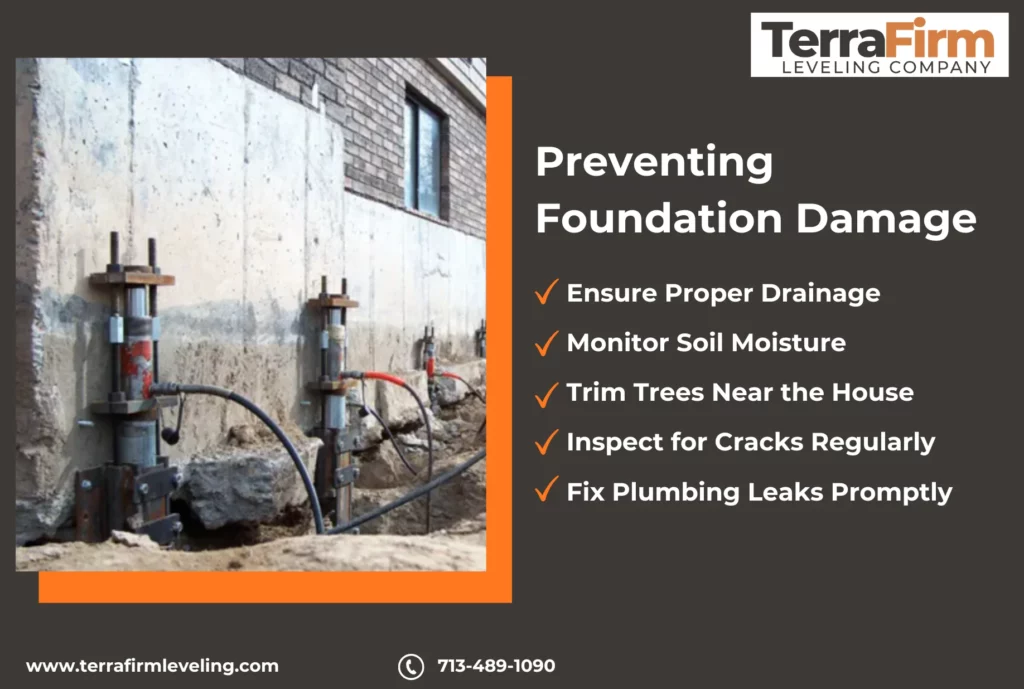
- Install proper drainage systems to redirect water away from the foundation.
- Use treated wood or concrete piers to resist moisture and pests.
- Schedule regular inspections—especially after extreme weather events.
- Maintain consistent moisture levels in the soil around your home with soaker hoses or landscaping solutions.
When to Call a Professional
Pier and beam repairs can be complex. If you’re noticing multiple signs of settlement or are unsure of the severity, it’s best to call a foundation repair specialist. They can assess structural damage and provide a long-term repair plan.
Fix Foundation Settling Today
Pier and beam foundations are reliable, but they do settle over time—especially in regions with unstable soils or high rainfall. By understanding the causes and warning signs, you can take early action and avoid costly structural issues.
Foundation problems don’t fix themselves. If you suspect your pier and beam foundation is settling, consult a professional to protect your home’s value and safety.
